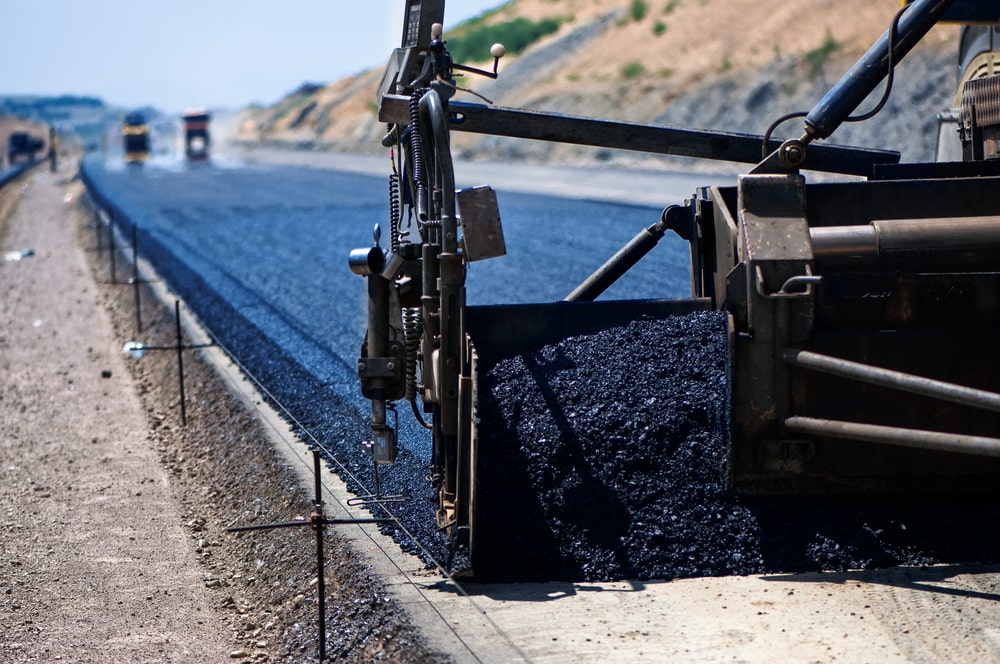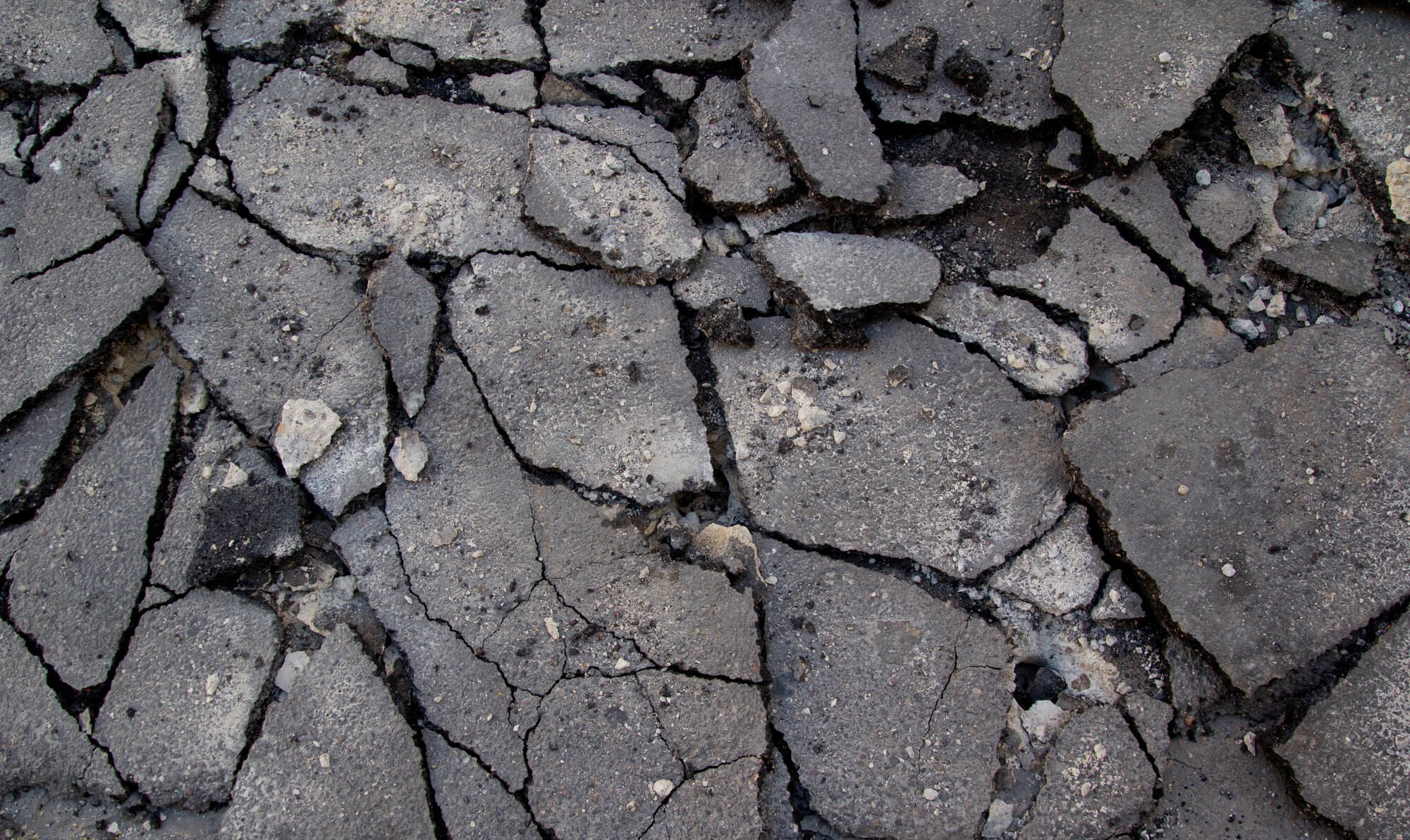An Unbiased View of A1 Professional Asphalt & Sealing Llc
An Unbiased View of A1 Professional Asphalt & Sealing Llc
Blog Article
Facts About A1 Professional Asphalt & Sealing Llc Uncovered
Table of ContentsThe Single Strategy To Use For A1 Professional Asphalt & Sealing LlcThe Main Principles Of A1 Professional Asphalt & Sealing Llc An Unbiased View of A1 Professional Asphalt & Sealing LlcThe 25-Second Trick For A1 Professional Asphalt & Sealing LlcAll About A1 Professional Asphalt & Sealing Llc
In its make-up, asphalt consists mostly of Bitumen integrated with different kinds of accumulation, such as sand or crushed rock. Pavement, on the other hand, is a type of concrete that has accumulations, cement, and water. a1 asphalt. Depending on the place and use of the made use of pavement product, a mixture of different chemical admixtures might be included in make it more long lasting
What is the difference in between asphalt and blacktop driveways? Blacktop is a mix of rock, sand, and gravel covered with asphalt. Blacktop is created to develop an even surface area because of its enhanced resistance to weathering and capacity to bear much heavier loads. What is the difference in between asphalt concrete pavement and concrete? Pavement can be made of either asphalt or concrete, with asphalt being smoother and much more durable due to its binder, while concrete hardens via the curing procedure however has a tendency to put on down gradually as a result of weathering.
Not known Incorrect Statements About A1 Professional Asphalt & Sealing Llc
Exactly how do I maintain my asphalt driveway? The most important part of maintaining an asphalt driveway is making sure it's properly secured.
Asphalt and pavement are common components on streets almost everywhere. Despite their similarities, these 2 products have some crucial differences that make each suitable for different circumstances.
Understanding these distinctions can assist make certain a suitable choice is made when selecting a surface solution. You can learn more posts such as this one here.
A1 Professional Asphalt & Sealing Llc Can Be Fun For Anyone
Lately, State highway companies and FHWA were surprised by a discovery: The clandestine usage of re-refined engine oil bottoms in asphalt is prevalent. Simon Hesp, Queens College (Kingston, Ontario) Asphalt is the sticky black deposit that is left over from the handling of crude oil. It has actually been utilized in leading for greater than a a century.

The asphalt, which works as the sidewalk's binder, is additionally the most pricey component of the cost of the product for paving roads. The weight of an asphalt pavement differs relying on the accumulation kind, the asphalt, and the air gap web content. Using an average example of 112 extra pounds per square backyard per inch of thickness, a 1-mile (1.6-kilometer)-long, four-lane freeway with a 4-inch (10-centimeter) lift and 12-foot (3.6-meter)-wide lanes considers about 6,300 loads (5,700 statistics lots).
The 300 tons of asphalt in 2002 would certainly have cost around $48,000. The climbing rate of asphalt had a major influence on the price of building sidewalks, which increased passion in locating ways to lower costs.
Excitement About A1 Professional Asphalt & Sealing Llc
RAP already includes asphalt, albeit aged material that check out here does not have the exact same buildings of fresh asphalt. Throughout a hallway conversation at a 2010 technical conference, Matt Mueller, then a State engineer of products from Illinois, exposed that his department of transport had discovered phosphorous in one of the asphalt binders it was buying.

The supplier denied including PPA, however declined to disclose what had actually been included to the binder. When pushed by the department of transport, the vendor exposed that it was including what it called an asphalt extendernow understood to be re-refined engine oil bases (REOB). REOB includes a percentage of phosphorus, which is what department chemists originally determined.
"No one knew this product was being contributed to asphalt, had seen any research study on how this may affect performance of hot-mix asphalt sidewalks, or knew for just how long and exactly how widely it was being made use of throughout the country," says Mueller. After discussions at the technical conference, he says, "It swiftly went from being just a concern in Illinois to coming to be a nationwide and international worry." Component of the objective of the Chemistry Laboratory at TFHRC is to establish brand-new test methods.
The properties of asphalt binders differ commonly depending upon the source of the petroleum and the refining process utilized. For reduced wintertime temperature levels, softer asphalts are needed to prevent breaking. To avoid rutting in heat, the asphalt needs to be stiffer. The original test for determining the tightness of asphalt was for the tester to chew it.
Some Of A1 Professional Asphalt & Sealing Llc
A device called a dynamic shear rheometer (DSR) was presented to the market throughout the Strategic Highway Research Program's study task, which ranged from 1987 to 1992. The DSR is currently the market criterion for gauging the viscoelastic buildings of paving asphalt. Nonetheless, the maker was not established for the paving market.
For example, the DSR makes it possible for product programmers to develop tooth paste with the ideal uniformity so that it can be pressed from a tube however not diminish the tooth brush. The DSR examinations binder placed between two parallel plates about the size of a quarter. Among the plates relocations and the maker determines the viscoelastic buildings of the asphalt.
Report this page